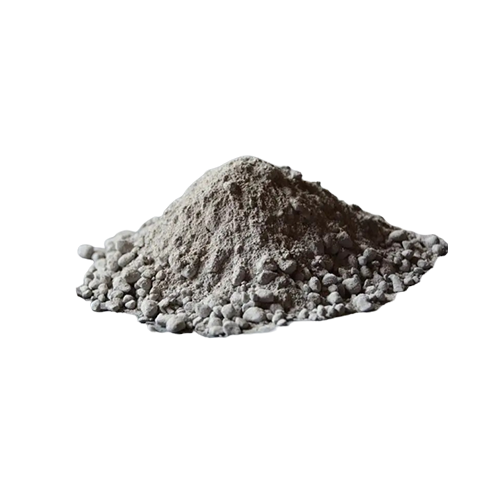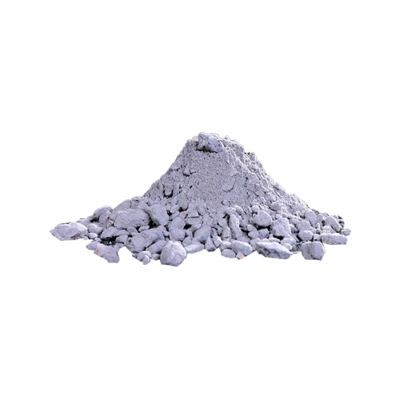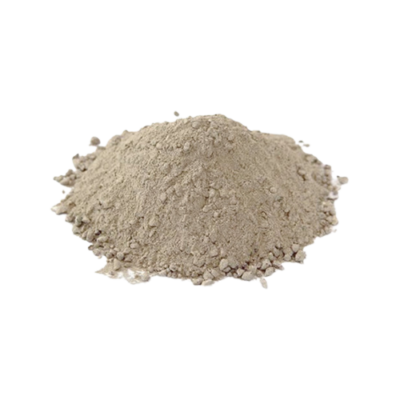Description
Low and ultra-low Cement Castables exhibit characteristics including a fine pore structure, heightened density, notable volume stability, substantial strength, and reduced water content. These castables effectively counteract the tendencies of standard castables to experience significant strength decline within the range of 800 to 1200 ℃. They also exhibit superior thermal shock resistance, resistance to slag, and resistance to corrosion.
Benefits of Low Cement and Ultra-Low Cement Castables: In comparison to typical refractory castables, low and ultra-low cement castables with reduced water content demonstrate an array of exceptional properties. As a result, these low cement castables find widespread applications in non-ferrous smelting and the steel industry.
Firstly, the proportion of added cement is only 1/2 to 1/15 of conventional refractory castables, leading to a reduction of CaO content from 2.5-8% to 0-2.5%. Consequently, the formation of the eutectic phase within the matrix is significantly minimized, yielding enhancements in refractoriness, high-temperature strength, and slag resistance. As the cement content increases, there is a linear decrease in refractoriness. Conversely, high-temperature wear resistance, flexural strength, and load softening temperature experience substantial improvements due to the lowered melting point at elevated temperatures.
Secondly, the mixing process demands only 1/2 to 1/3 (approximately 4-6%) of the water typically used for standard refractory castables. Consequently, the resultant castable boasts low porosity and elevated bulk density, comparable to that of fired refractory products of the same material. Variances in the quantity of added water correspond to differences in castable strength.
Thirdly, minimal or no cement hydration occurs following molding and curing. Heating and baking processes do not lead to the destruction of a significant number of hydration bonds, which would otherwise impact the strength. Instead, with increasing heat treatment temperatures, gradual sintering occurs, resulting in strength augmentation. Notably distinct from conventional low cement castables, mechanical strength in the intermediate temperature zone (900-1200℃) surpasses drying strength. Both high-temperature and ambient-temperature strengths outperform those of typical castables.
| Item | Index | |||
| Clay | High Alumina | Corundum | ||
| Al2O3 % | ≥45 | ≥75 | ≥98 | |
| CaO % | <1.8 | <1.5 | <1.0 | |
| Bulk density g/cm3 | 110℃×24h | ≥2.3 | ≥2.6 | ≥3.1 |
| 1350℃×3h | ≥2.26 | ≥2.61 | / | |
| 1550℃×3h | / | / | ≥3.00 | |
| Cold Crushing Strength MPa | 110℃×24h | ≥70 | ≥75 | ≥85 |
| 1350℃×3h | ≥85 | ≥90 | / | |
| 1550℃×3h | / | / | ≥100 | |
| Flexural Strength MPa | 110℃×24h | ≥6 | ≥8 | ≥9 |
| 1350℃×3h | ≥8 | ≥9 | / | |
| 1550℃×3h | / | / | ≥11 | |
| Permanent linear change Rate % | 1000℃×3h | -0.3 | -0.2 | -0.2 |
| 1350℃×3h | ±0.3 | ±0.5 | / | |
| 1550℃×3h | / | / | ±0.5 | |
| Maximum service temperature ℃ | 1450 | 1600 | 1800 | |



